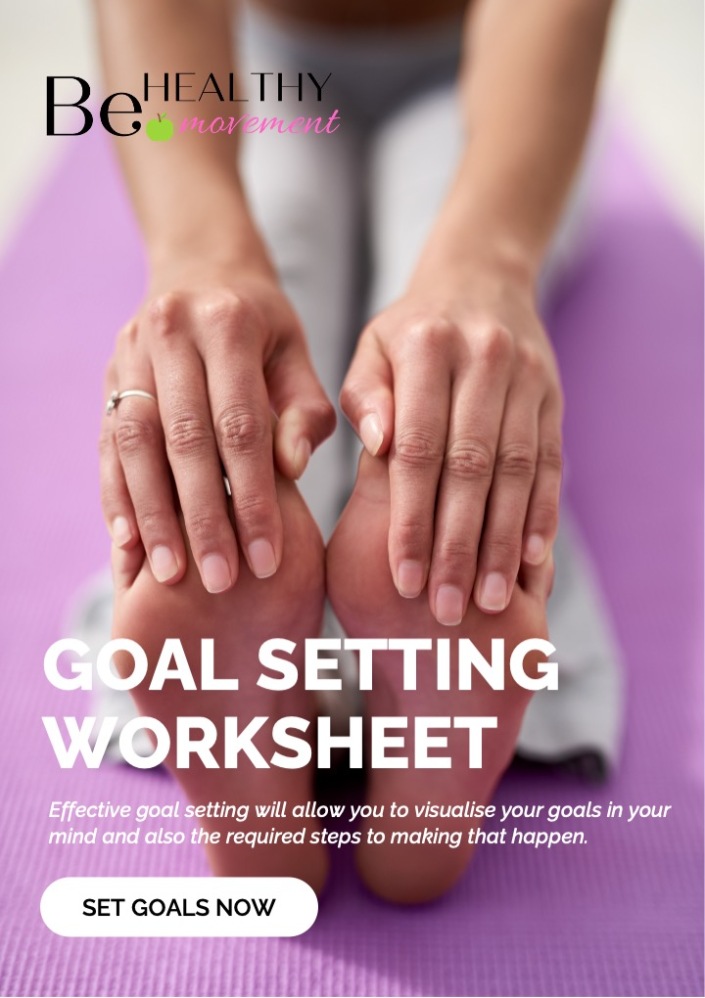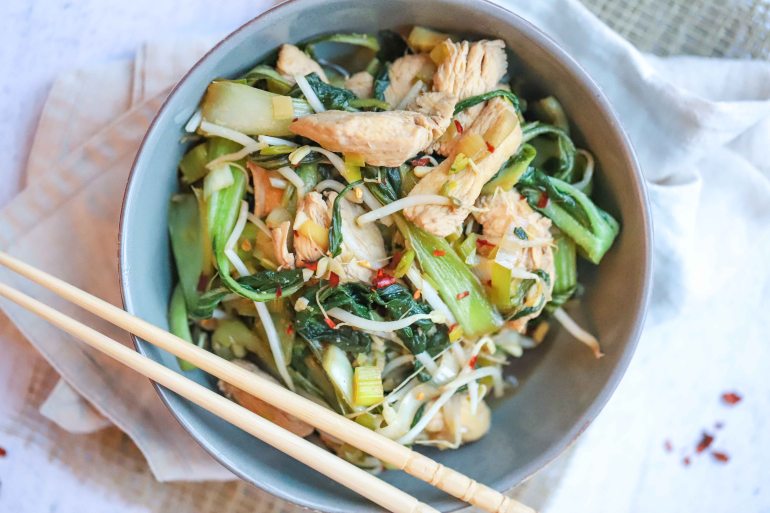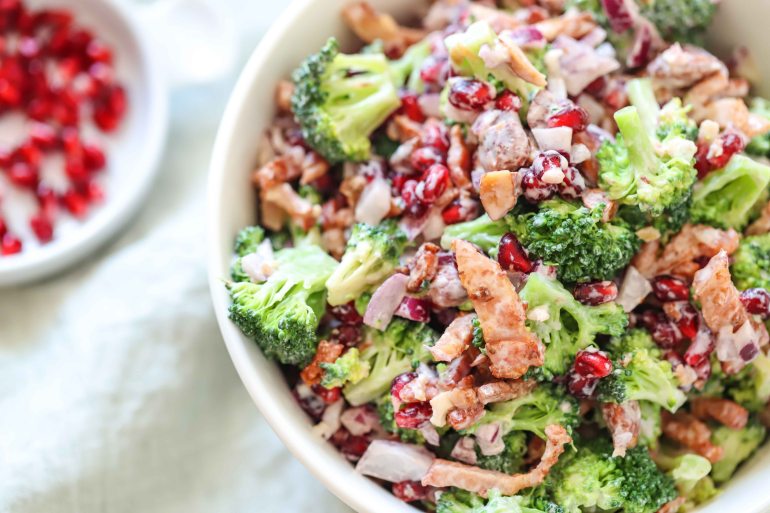As the season changes to colder weather, it is even more important to support our immune systems. Hydrotherapy is a fantastic and easily accessible way of doing this.
Hydrotherapy is the application of water in any form for the treatment of disease and the maintenance of health. You have probably heard of using warm water to ease tight muscles or an ice pack to limit the circulation around a sprained ankle. But hydrotherapy does so much more than this.
Hydrotherapy can enhance blood flow thereby improving the function of the organs of elimination including the skin, liver, kidneys, and bowels. It can optimize the quality of the blood and improve the efficiency of blood circulation. All of this can result in a better functioning immune system, improved sleep, improved digestion, and increased energy.

One great and easy hydrotherapy treatment that everyone can do at home are hot and cold showers. You can do this in the morning to improve energy or in the evening to improve sleep. The increase in circulation will also help decrease your sensitivity to the cold weather.
For improved energy in the morning, after finishing your regular shower routine, do 20 seconds of cold and 1 minute of hot. Alternate 2-3 times, ending with cold.
In the evening, make each hot and cold cycle longer to promote sleep. Do 5 minutes of hot and 1 minute of cold. Still always ending on cold.
Try to make the water as hot as you can, making sure you are not scalded, and as cold as you can stand for the strongest effect. If you are extremely fatigued and drained, you might need to start with less drastic temperatures.
Try this daily to improve sleep, increase circulation, increase metabolism, and improve energy. It is especially important to make hydrotherapy part of your routine when the seasons are changing to help your immune system function at its best.
If you have any questions about hydrotherapy or boosting your immune system, give me a call and we can chat: www.natactive.com.au
























